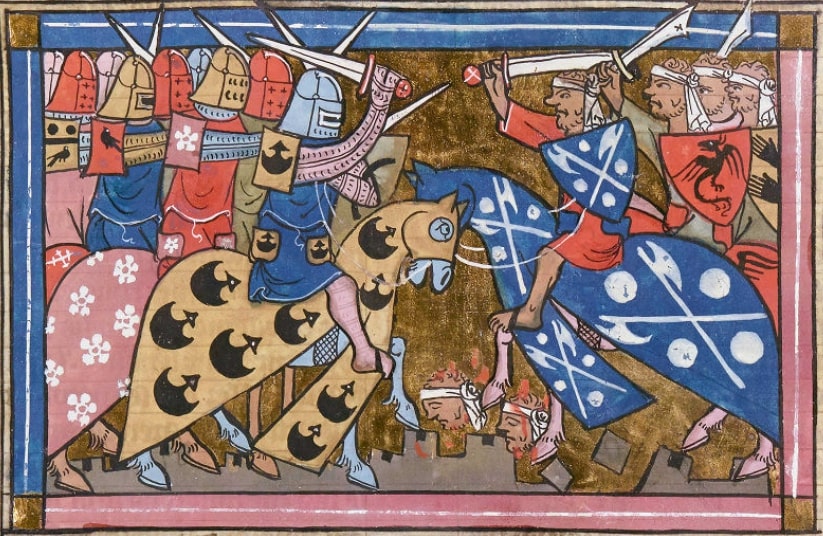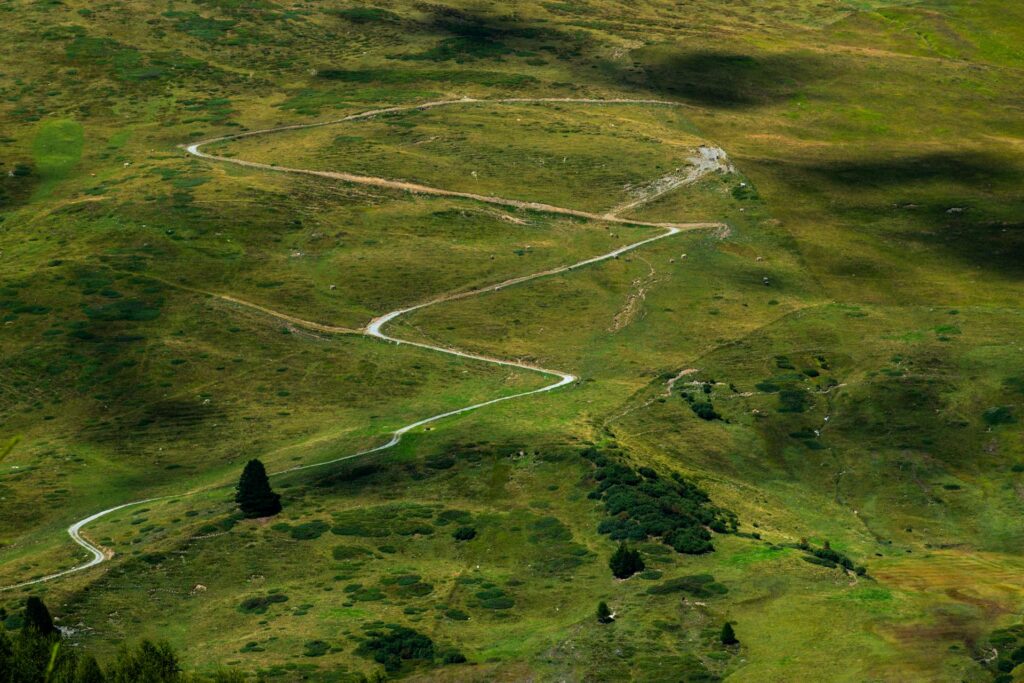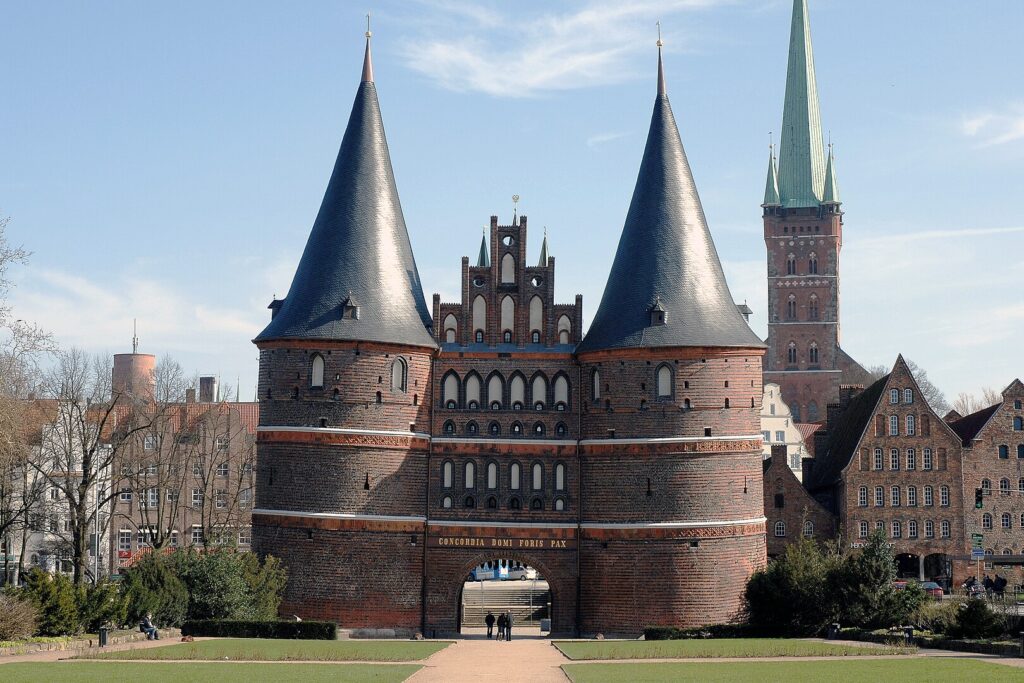 Expansion of Trade Routes
Expansion of Trade Routes
The Crusades, a series of religious wars between the 11th and 13th centuries, significantly influenced medieval trade and economy. The movement of armies and pilgrims across Europe and the Middle East opened new trade routes and facilitated the exchange of goods, ideas, and technologies. European merchants established connections with Middle Eastern markets, leading to increased trade in luxury items such as spices, silk, and precious metals. The expansion of trade routes stimulated economic growth and the development of commercial networks across the Mediterranean and beyond.
Development of Commerce and Banking
The economic impact of the Crusades extended to the development of commerce and banking. The need to finance crusading expeditions led to the growth of banking practices, including the use of letters of credit and bills of exchange. Italian city-states such as Venice and Genoa played key roles in facilitating trade and providing financial services, becoming major commercial hubs. The increased flow of goods and capital contributed to the rise of merchant classes and the expansion of urban economies in Europe.
Cultural and Technological Exchange
The Crusades also facilitated cultural and technological exchange between Europe and the Middle East. Crusaders encountered advanced agricultural practices, architectural techniques, and scientific knowledge, which they brought back to Europe. Innovations such as the astrolabe, improved shipbuilding methods, and new crops influenced European technology and agriculture. The cultural interactions of the Crusades enriched medieval European society, contributing to the diffusion of knowledge and the advancement of various fields.
Conclusion
The Crusades had a lasting impact on medieval trade and economy, expanding trade routes, developing commerce and banking, and facilitating cultural and technological exchange. Their influence on economic and cultural life highlights the interconnectedness of medieval Europe and the broader medieval world.
 The Lifeline of Trade
The Lifeline of Trade